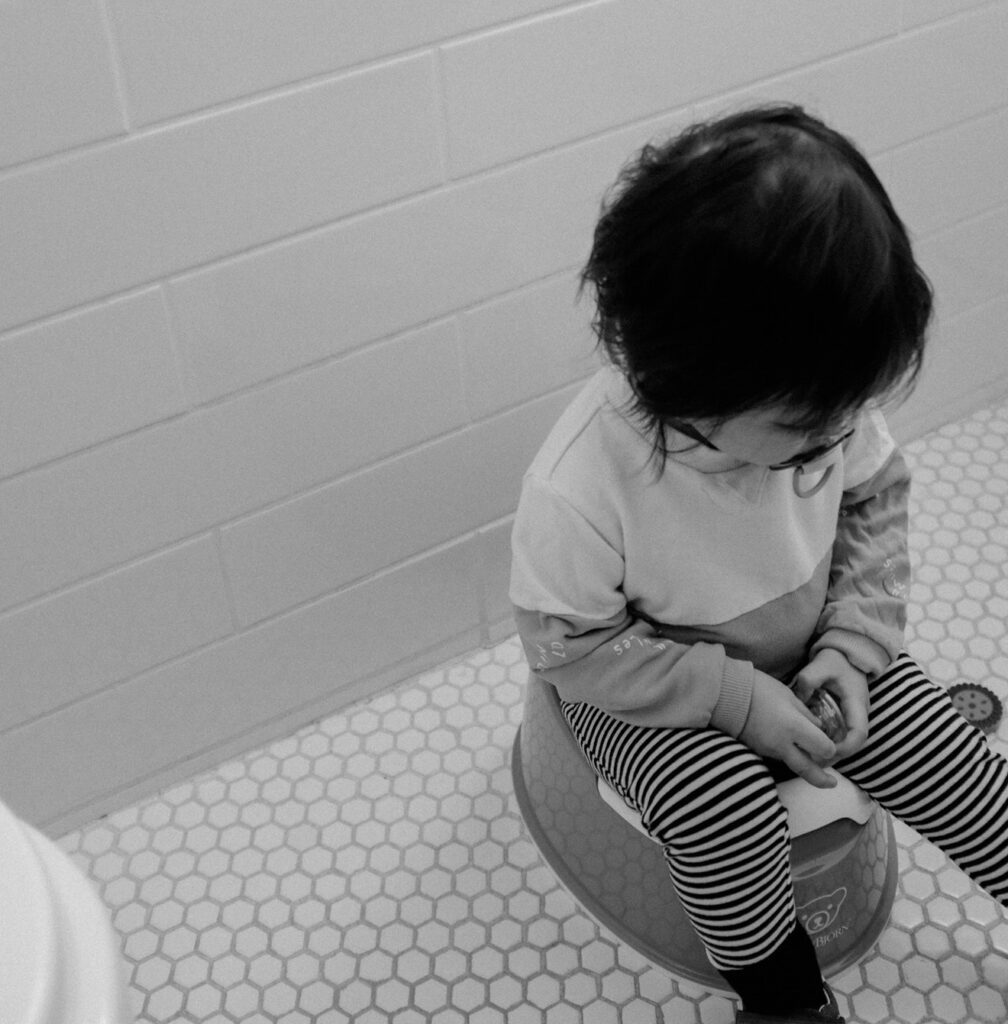5 Toilet Training Tips for Nonverbal Kids with Autism


Toilet-training for a autistic child can be challenging. Here’s why you need to learn these effective strategies to deal with it.
While children who have autism find it challenging to learn several routine habits, it isn’t completely impossible.
In this blog, we’ve compiled some effective strategies to train your autistic children to report their toilet needs.
1. Use Visuals and Pictures to Communicate
The best way to communicate with autistic children is to use visual prompts and clear pictures. Experts recommend that when you train your child to use the loo, use simple language and directions to help your child understand what’s going on.
For instance, the prompt should say ‘Sit on toilet or time for toilet’ instead of asking ‘Do you want to go to the toilet?’


2. Let Your Child Wear Underwear
Most parents rely on modern diapers and long-lasting pull-ups to shun away their children’s need to pee. This may be helpful in the short term, but it will reinforce your child’s habits, and they’ll never learn to use the toilet themselves.
Let your child wear underwear as soon as possible. This might be frustrating in the beginning as your child will frequently wet the underwear. But the discomfort of walking around in soiled underpants will encourage them to use the toilet.
3. Don’t Scold Your Child over Accidents
When your child pees accidentally, don’t fuss, scold, plead, or deal with the situation strictly. Instead, teach your child politely again with the help of visual prompts about the expected behaviour.
4. Reward or Incentivize Your Child
Identify your child’s favourite treats, toys, or activities. Then reward them with these when they successfully report about their toilet needs. Make sure to reward your child as soon as they finish using the toilet and come outside. This will work as positive reinforcement and motivate them to exhibit the same behaviour in the future.
5. Empower Your Child and Seek Professional Help, If Needed
Once your child has successfully implemented visual prompts to report their toilet needs, switch them to verbal or sign language. It will empower them in situations when there won’t be any prompts or visual aids available.
If toilet-training issues persist despite following the tips mentioned above, seek professional help. You can also use our smart solution to treat bedwetting in children — PEEPiYA bedwetting treatment solution.
It’s a smart technological alarm that tracks the bladder of a child. Once the bladder is full, it starts ringing, alerting the child. If they’re in a deep sleep, it rings louder to wake them up. These alarm sensations have the highest success rate (70–80%) in training children to stop wetting their beds.
At Qutek London, we also offer other Smart Technological Solutions in UK, including smart scales, smart sonic toothbrushes, neck massagers, and customized medical care solutions.
Visit our website today and find treatment with smart technology.
